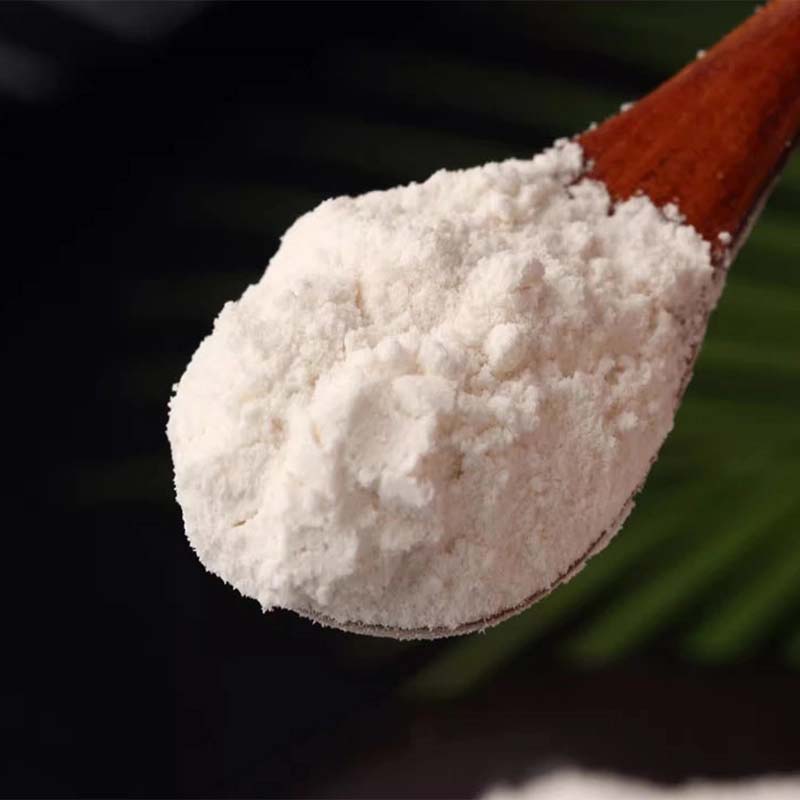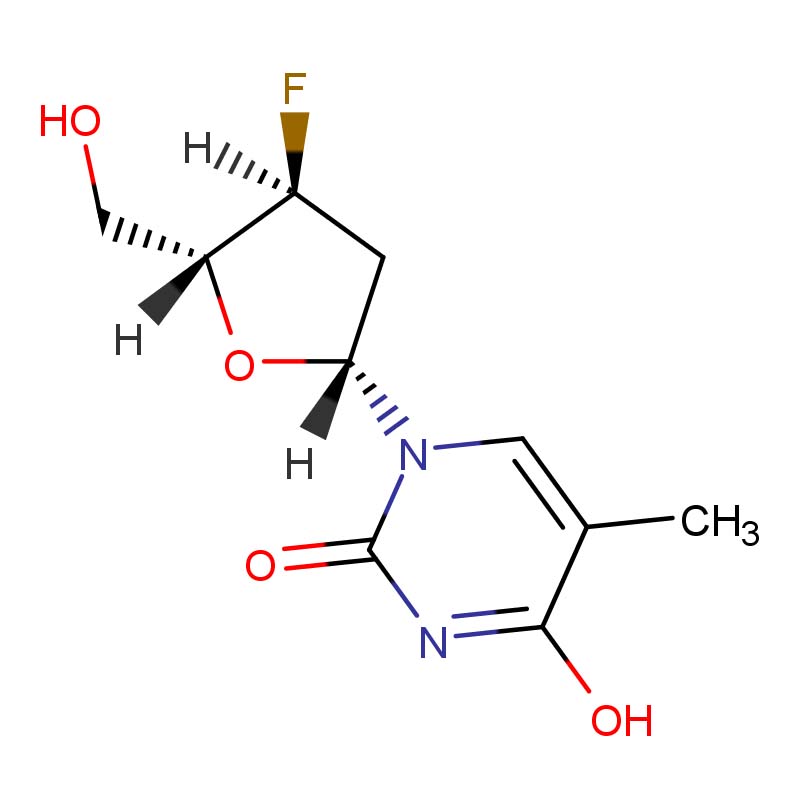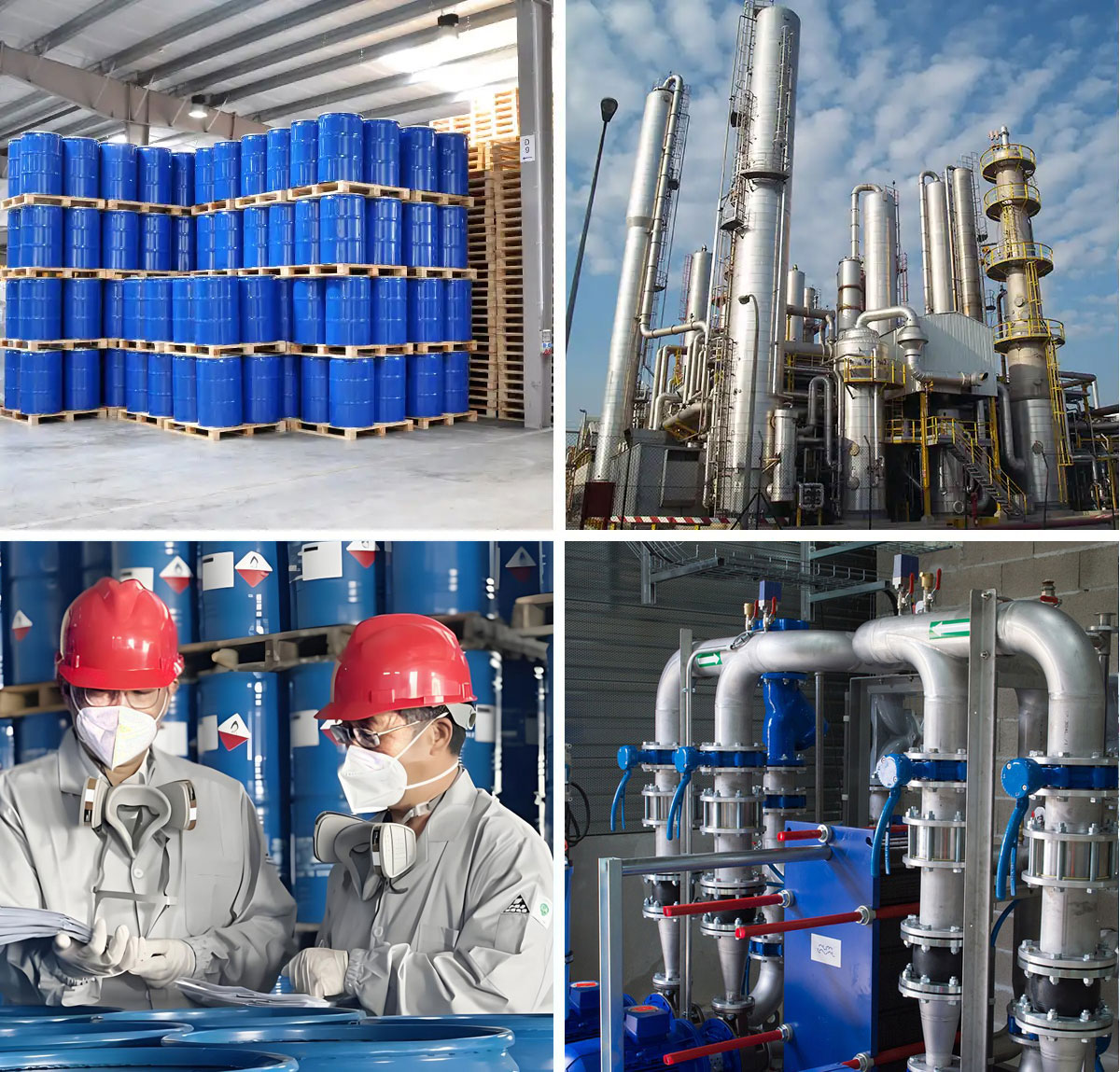Alpha-Amylase
Efficient Carbohydrate Breakdown: Catalyzes the conversion of starch and glycogen into maltose and glucose, providing readily available energy.
Robust Stability: A small, resilient enzyme that maintains activity under harsh environmental conditions.
Wide Biological Distribution: Naturally present in plants, animals, and microorganisms, enabling diverse sources and applications.
Supports Metabolism: Facilitates the transformation of complex carbohydrates into simple sugars, aiding energy utilization in humans and animals.
Alpha-amylase is an enzyme that hydrolyzes α-linkages in polysaccharides like starch and glycogen. It is a compact and highly stable molecule, capable of maintaining activity under challenging conditions. By breaking down starch and glycogen into maltose and glucose, it provides a readily available energy source for humans and animals. This enzyme is naturally widespread, occurring in a variety of plants, animals, and microorganisms.
Alpha-Amylase Chemical Properties
Melting point | 66-73 °C |
Density | 1.37[at 20℃] |
Vapor pressure | 0Pa at 25℃ |
Storage temp | -20°C |
Solubility | H2O: soluble0.1mg/mL, clear, colorless |
Form | Suspension |
Color | Yellow-brown |
Biological source | Human pancreas |
Water Solubility | 100g/L at 25℃ |
Merck | 14,599 |
Specific Activity | 300-1,500units/mg protein |
LogP | -1.3 at 20℃ |
EPA Substance Registry System | Amylase, .alpha.- (9000-90-2) |
Safety Information
Hazard Codes | Xn,B |
Risk Statements | 42 |
Safety Statements | 36-36/37-24-22-45-2-23 |
WGK Germany | 3 |
RTECS | BU7432500 |
F | 3-10-21 |
HS Code | 35079090 |
α-Amylase has been widely used in plant research, such as metabolic studies in Arabidopsis. In biomedical applications, human pancreatic α-amylase has been applied to investigate potential interference in enzymatic assays for calcium measurement in serum and urine. Additionally, α-amylase from Sigma has served to create standard calibration curves for automated amylase detection systems in forensic sample analysis.
















